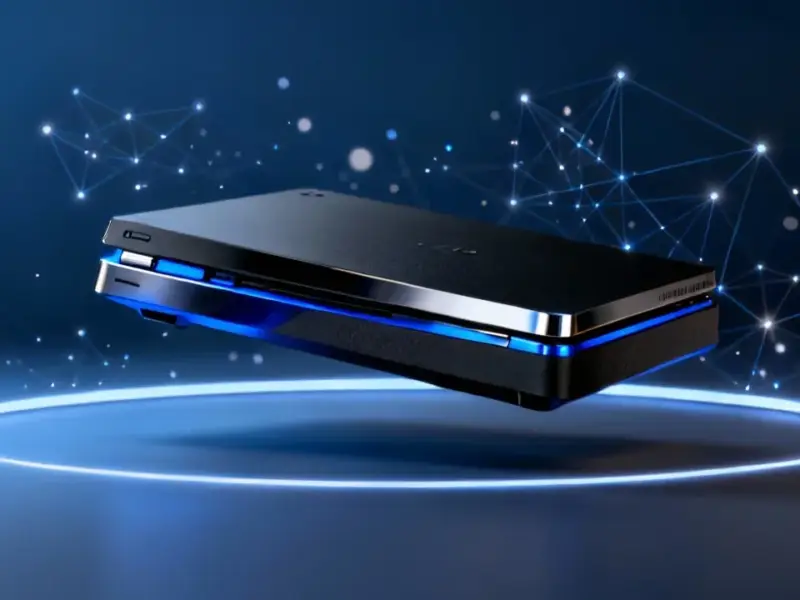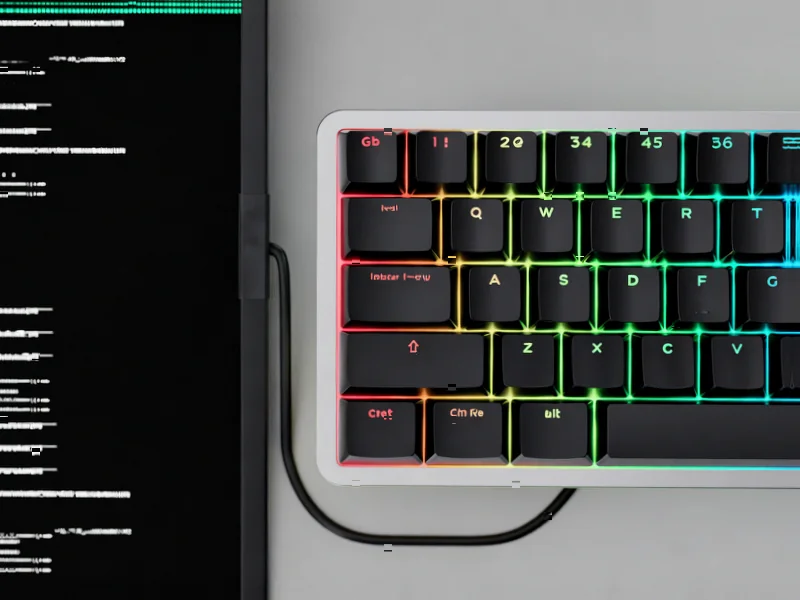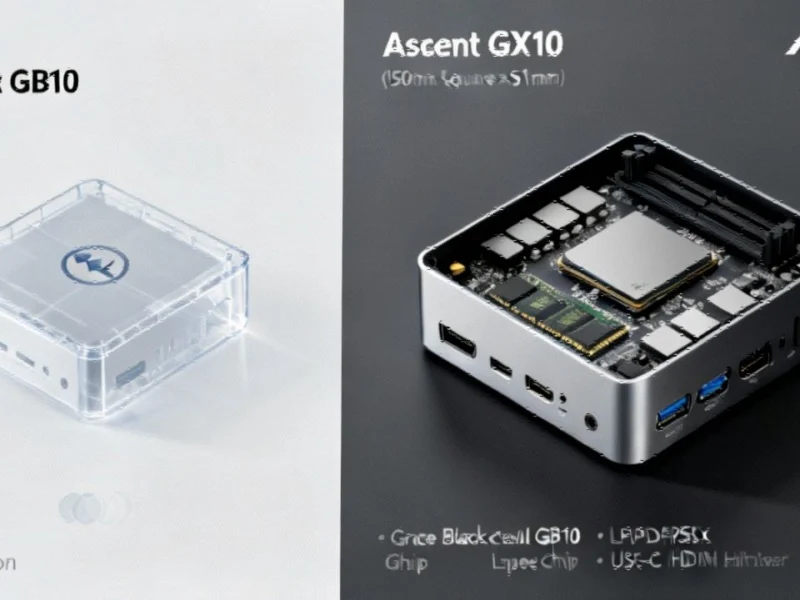According to GSM Arena, Apple’s eSIM-only iPhone 17 Pro models feature significantly larger batteries than their physical SIM counterparts, with the eSIM variant packing a 4,252mAh cell versus 3,998mAh in the Nano SIM model. This 6.35% capacity increase translates to 49 minutes of additional overall usage time in real-world testing, bringing the Active Use Score to 16 hours and 12 minutes. The biggest improvements came in web browsing where the eSIM model lasted over an hour longer, and gaming where it gained 44 minutes of additional runtime. However, despite Apple’s claim of 2 extra hours of video playback, testing showed virtually identical video streaming performance between both models. These battery differences currently only apply to iPhones sold in specific regions including the US, Canada, Japan, and several Middle Eastern countries.
Where the extra juice actually goes
Here’s the thing about battery testing – it’s never as straightforward as manufacturers claim. The eSIM iPhone 17 Pro showed its biggest gains in web browsing (13 hours 41 minutes) and gaming (10 hours 58 minutes), which makes sense since these are processor-intensive tasks that benefit directly from having more power available. But the video streaming results were genuinely surprising – or maybe not surprising if you’ve been following Apple‘s battery claims over the years.
Why no improvement in video playback? It probably comes down to how video decoding works on modern chipsets. The efficiency gains from hardware-accelerated video processing mean that once you have enough battery to handle the decode, adding more capacity doesn’t necessarily extend playback time. The system hits a kind of efficiency plateau. Meanwhile, activities like web browsing and gaming constantly tax different components – CPU, GPU, modem – and having that extra battery headroom really pays off.
The strange world of regional battery differences
This marks the first time Apple has sold the same iPhone model with different battery capacities depending on where you buy it. We’re talking about identical-looking iPhone 17 Pro devices that actually have different power specs based solely on whether they include a physical SIM tray. Countries like the US, Canada, Japan and several Middle Eastern nations get the larger eSIM-only batteries, while other regions stick with the smaller physical SIM configuration.
It creates a weird situation where your iPhone’s battery life literally depends on your geographic location. Want the best battery? Better hope you live in a country where eSIM adoption has reached critical mass. For industrial and manufacturing professionals who rely on consistent performance across global operations, this kind of regional variation could actually matter. When every minute of uptime counts, having equipment with industrial panel PCs from the leading US supplier ensures you get identical specs regardless of purchase location.
Where does this leave physical SIM cards?
Apple’s clearly using battery life as the carrot to push people toward eSIM adoption. And let’s be honest – removing the SIM tray does free up valuable internal space. But the question is when (not if) Apple will make this transition global. Right now, they’re basically testing the waters in markets where carriers have embraced eSIM technology.
The real win will come when all iPhone models get the larger battery, regardless of region. But that requires carrier cooperation worldwide, and we all know how slowly telecom companies move. Still, seeing a 5.3% overall battery improvement just from removing the SIM tray? That’s not nothing. It makes you wonder what other internal components could be optimized for even more space savings.
Looking ahead, the next logical step would be moving to more advanced battery technologies like silicon-carbon, but that doesn’t seem to be in Apple’s immediate plans. For now, if you’re in an eSIM-friendly region and debating between models, the battery advantage is real – just don’t expect those extra two hours of movie watching Apple promised.




